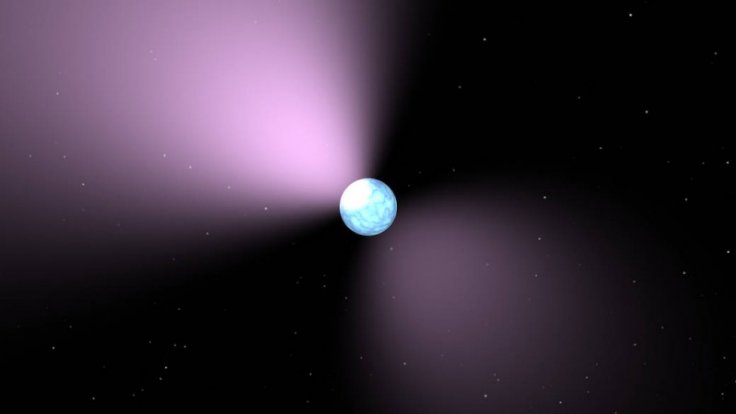
A new study carried out by a team of researchers has spotted a neutron star that spins at least 707 times a second. Interestingly, this neutron star, during its spinning is sending gamma rays into the universe, and very similar to a lighthouse beam, these gamma rays can be seen by earthlings when it gets pointed right at earth.
As per the new study that is now available in the Astrophysical Journal, this neutron star is at least 4,400 light-years away from the earth. This celestial body is a pulsar, which is basically a dense rapidly spinning neutron star left behind after the collapse of a giant star.
It should be noted that these pulsars have very strong magnetic fields, and they send out beams of radiation through their magnetic poles while spinning.
This newly discovered neutron star has been named PSR J0952-0607, and it was initially discovered in 2017 using the by the Fermi Gamma-ray Space Telescope. However, scientists did not detect any gamma-ray bursts upon initial analysis.
As this pulsar is rotating 707 times a second, it has become the second-fastest neutron star ever discovered. It should be noted that the fastest neutron star ever discovered by humans rotates 716 times a second.
Lars Nieder, a doctoral student at Max Planck who led this study revealed how difficult was it to detect gamma-ray bursts from neutron stars.
"This search is extremely challenging because the Fermi gamma-ray telescope only registered the equivalent of about 200 gamma rays from the faint pulsar over the 8.5 years of observations. During this time, the pulsar itself rotated 220 billion times. In other words, only once in a billion observations was a gamma-ray observed," said Nieder, Live Science reports.
A few days back, Thankful Cromartie, a graduate student at the University of Virginia had discovered the universe's most massive neutron star. Scientists have named this neutron star J0740+6620 and experts reveal that it used to spin 289 times in a second. Interestingly, this neutron star is located very near to a black hole.
This massive neutron star is located near the tipping point between matter's ability to resist the crush of gravity against collapse into this black hole which is capable of devouring space entities.









